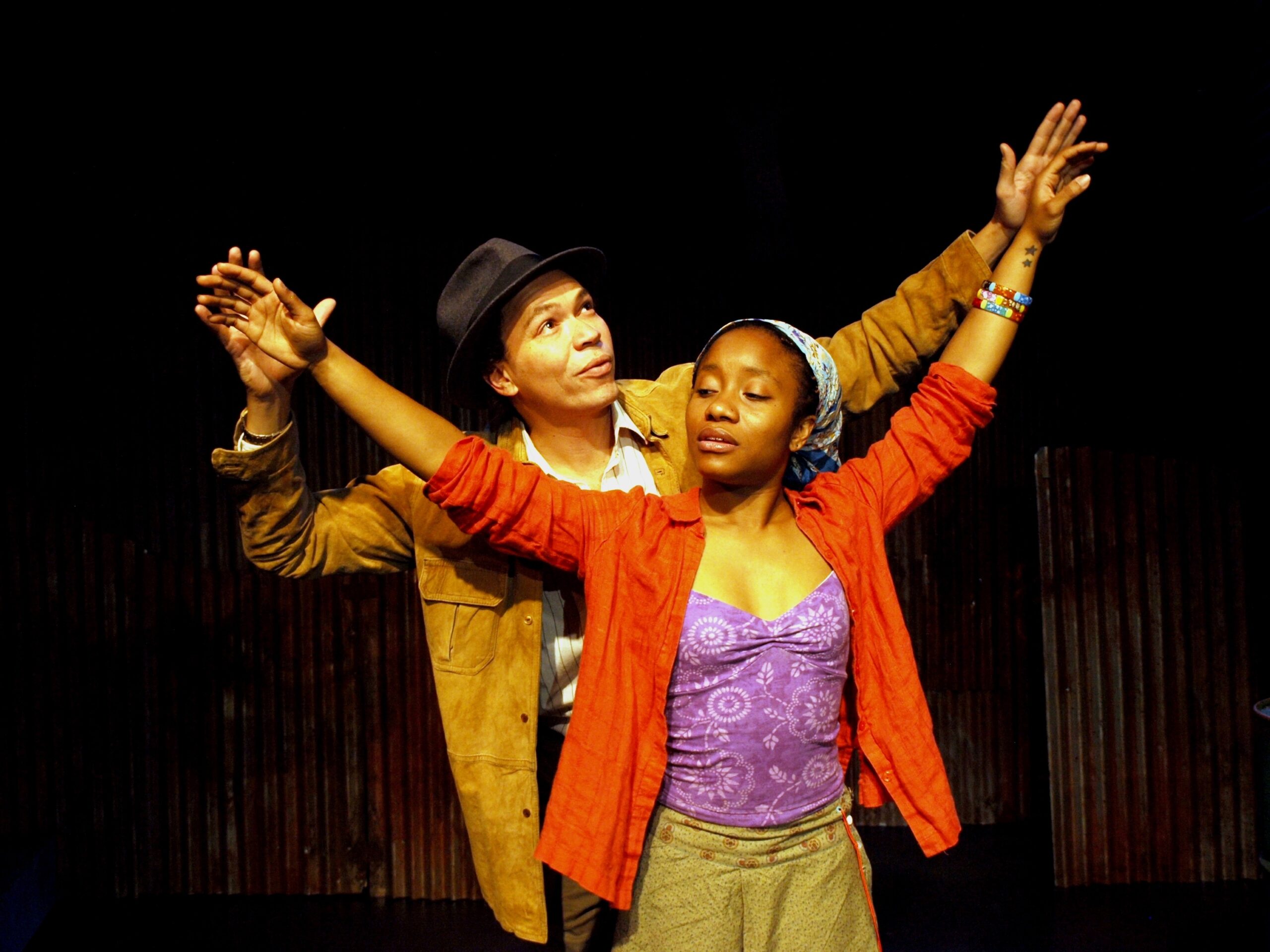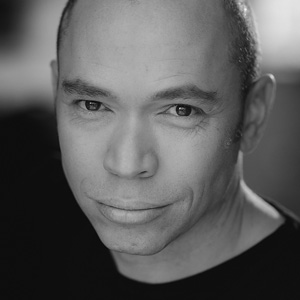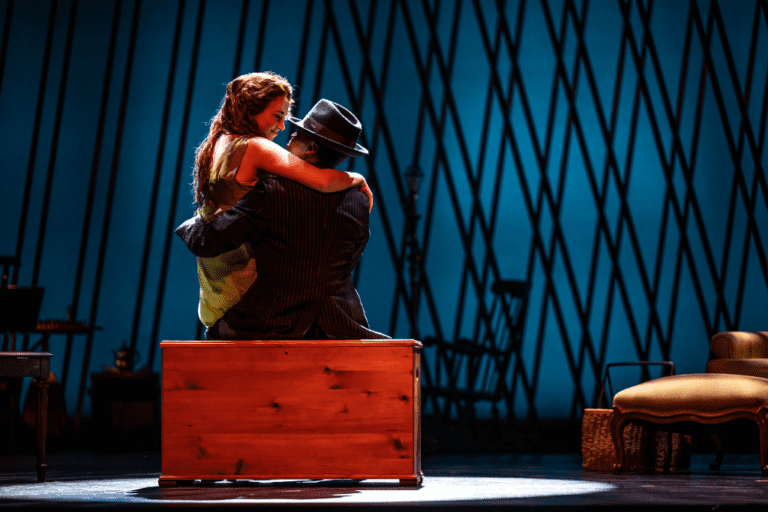Observations from a Diversity Panelist
What is diversity in theatre? This is a question I have been pondering for two decades now, and I suddenly find myself sitting on a panel in Toronto’s Canadian Stage rehearsal hall before a group of mostly young artists, hungry for answers to the exact same thing. In fact, the next few weeks in Toronto will host two similar symposiums based on the same premise. The particular gathering I’m at sparks more questions than answers, which, to my mind, is a sign that diversity in theatre needs another look.
It was in this very rehearsal hall that I landed my first professional gig as an actor back in 1997, literally tumbling my way through an exuberant interpretation of a Shakespearian lover’s monologue. Out of over 1400 applicants, as I recall, I was chosen to be part of Shakespeare in High Park’s Romeo and Juliet that summer, a goal I had been striving to achieve for three years as a theatre school undergrad. But sitting in this room now, listening to the passionate and concerned voices from both my fellow panelists and the crowd gathered before us, I begin to wonder if back then I was chosen for my talent or if I was simply a checkmark in Canadian Stage’s diversity column. I am of mixed race—Canadian/Caribbean/European heritage—and am often asked the standard question, “Where are your parents from?” (I’m never offended, and merely state that they are, in fact, from Toronto.) Twenty years ago, no one taught me the meaning of diversity. Now, at this panel discussion, I am hearing from recent theatre school graduates that, still, hardly anyone is being taught what diversity actually means.
One particular question from the audience stands out to me. This person relates how an actor acquaintance of theirs felt extremely uncomfortable auditioning for the role of an autistic person. We had spent the majority of the two-hour discussion focussed on race, gender, and sexual orientation, and suddenly a completely different type of diversity was thrown into the mix. Should we not be seeking actors on the autism spectrum disorder (ASD) to play these parts? I had never fully contemplated this particular debate, and now begin to think about diversity from another view. Shouldn’t there be a member from the disability community present on our panel?

Jamie as a drag queen in the film Celeste in the City
I was recently part of the Canadian premiere cast of The Curious Incident of the Dog in the Night-Time, featuring a British teenage boy character on the autism spectrum disorder (ASD). The actor playing this part did incredible research and took phenomenal care in knowing the facts about his character’s condition well before rehearsals even began, and his performance was nuanced with about as authentic a voice you could have for that particular script. However, during one post-show talkback, a small group of ASD “experts” suddenly berated him with brutal criticisms about all the specific things he had done wrong in his portrayal, mentioning nothing about the actual merits or failings of the show as a whole.
When I think about the dozens of characters I’ve portrayed on stage and screen over the years, I wonder if in fact I was misappropriating some of those parts, and if others would have criticized me in those roles. Perhaps I never should have been allowed to play an intellectually disabled man, a con artist, a nobleman, a painter, a farmer, a Rastafarian, a murderer, a woman, a drag queen, a goat, a mythical beast, or anything other than my true authentic self. The question of diversity ultimately forces an actor’s individual thought and reasoning, constantly testing what parts one is truly comfortable playing.
There are a multitude of factors that go into deciding what gigs someone should or shouldn’t take, not the least of which is paying the bills. However, in any creative field, I believe artists are fully responsible to reflect the times they live in, and if, according to the individual artist, that means animals cannot be played by anything other than animals, then so be it, and the bills may have to be paid by other means. (Easier said than done, I know.) We have to keep listening to what is being asked of us, either by the audiences who crave our artistic wisdom or by our fellow creators. I believe through this act of listening and observing we can make change through diversity of thought, but also diversity within reason.

Jamie as a farmer in Beyond the Farm Show
Blackface performers were the most popular form of North American entertainment in the mid-1800s, and it took decades of discussions and human sacrifices to finally declare that practice as demeaning and inappropriate. Women were not allowed to act on stage for the majority of theatre’s existence, which now seems a ludicrous custom. Those are merely two examples of how change in thought and reason according to the times prove how vital it is for us to be attentive in all that we do in order to move forward, but in doing so we must also take the necessary time to do it right. We must continue to question this notion of diversity and spark more discussions, both positive and negative. In today’s theatre world, we are seeing many creative ways to promote diversity, such as gender-bending and mixed-race casting, but we are equally being challenged over misappropriation or tokenism. By no means should any of this steer us away from controversial or risky diverse theatre-making, as I believe this has the real potential to affect necessary change.
So what is diversity in theatre? It is the ever-changing, ever-evolving plethora of colours, sounds, desires, thoughts, and feelings that make us all inherently one. It is the voice in our head that tells us, “Yes, I need to produce this play here and now because…” or “I chose to cast this person because…” or “No, I will not play this role in this day and age because….” It is the assurance that our portrayals are grounded and truthful. However if we are criticized for our truthfulness, then we’ve got to be able to justify it through our art.
When I tumbled onto that Canadian Stage floor twenty years ago, my glorious afro rebounding in pure glee, that was truly who I was at the time. Now, sitting on this panel, I want to believe that my truth in that moment is why they cast me… yet I have serious doubts. What I do know is that I have not continued a career in theatre for this long solely because I check off boxes for diversity. I have succeeded, and failed, because of the creative spirit: that unexplainable burst of energy that comes from within this zany business, be it as actor, writer, designer, stagehand, producer, director, you name it.
As artists, it is our choice and duty to embrace diversity for whatever it is on any given stage of the day, and it is my hope that this discussion I am a part of, on World Theatre Day by the way, will spark a whole new generation of inclusive narratives for the next twenty years to come. There is a reason this flurry of symposiums is happening right now, as it shows us how diversity panels are an integral function of the theatre’s narrative. Perhaps one day these panels will become obsolete, for better or for worse. But for now, in my opinion, the current times call for action.
This article is a personal response to Bad Hats Theatre’s “TALK 2017 – Diversification” event, hosted on March 27, 2017, at Canadian Stage. TALK is an ongoing dialogue series for the Toronto theatre community, actively seeking more sustainable structures for artistic development.









Comments